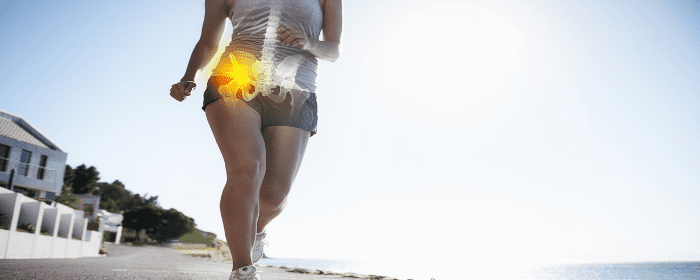
PRP Therapy – Post Management Care
Many studies support platelet-rich plasma (PRP) to help benefit patients with chronic pain and injuries. This article will cover the major aspects of post management care and the best tips to optimize results.
Important tips to keep in mind:
· Avoid Taking any anti-inflammatory drugs after the procedure avoid for 14 days following the procedure
· Apply heat only for 10-14 days , you may experience some soreness and swelling in this time period.
· Avoid any strenuous activities, exercising and physical therapy for the week following treatment
· Stay hydrated
· Improvements typically begin after 2 weeks
About a week after the procedure, patients should start physical therapy, which involves myofascial release, gentle stretching, engaging the articular range of motion, and core stabilizing exercises.
Other activities (e.g., stationary bike, swimming) are also an appropriate choice during the recovery phase. Interventional imaging techniques such as stimulation therapy and Transcutaneous electrical nerve stimulation (TENS) should not be used at this stage.
Once 4-8 weeks have passed, patients can gradually engage in more intense activities, including yoga, Pilates, and light weight lifting. However, forceful rotation and manipulation are not recommended.
Following the correct guidelines during the first few weeks of recovery is crucial for the success of the procedure. The injected cells are quite delicate, hence the need to avoid strenuous physical activities that may cause irreversible damage to the cells.
Patients should also keep in mind that the side effect profile is diverse and can only be evaluated on a case-to-case basis. In other words, one patient might experience pain and inflammation after the procedure, while another presents with no symptoms.
The severity and extent of these symptoms are also dependent on the site of injection, with articulations being the most susceptible to traumatic injuries and side effects.
Recovery by weeks
Weeks 1 & 2
During this phase, you should restrict your movements and physical activity to avoid putting too much tension on your body. However, this doesn’t mean giving up to a sedentary lifestyle as it’s not the best approach.
Expect to experience pain, inflammation, and soreness.
Moreover, remember to avoid running, weight lifting, or any other strenuous exercise. Other activities, such as gentle stretching, are still allowed.
If you experience serious inflammation, consider using ice bags on the affected area , but try to avoid ice and NSAIDS until after the 14 day period. You can also use natural compounds that have potent anti-inflammatory properties, such as turmeric, CBD, and arnica.
Weeks 3 & 4
At this stage, the pain and inflammation should slightly subside, which allows you to practice more intense activities, but do not attempt to lift heavy weights or perform high-impact exercises. An appropriate number would be to keep the intensity of the workouts under 50% of what you’re used to. This will allow the stem cells to implant themselves in the damaged tissue and kick start the healing process.
Weeks 5 & 6
In this stage, focus on core-stabilizing exercises to strengthen your core muscles and give time for the joints to get used to the new routine. Activities such as stationary bike, elliptical, stretching, yoga, Pilates, and swimming exercise are permitted.
Weeks 7 & 8
Inflammation and pain might be gone at this time; however, you should still be careful about the type of exercises you’re performing. For patients who are still dealing with pain and swelling, you can use ice bags to accelerate the healing process.
Months 3–6
During this period, stem cells have reached their peak healing potential, which should not get interrupted with intense physical activity. Instead, settle down for less-strenuous workouts that do not involve any compressive, twisting, or pivoting movements. Avoid uneven ground. Contact a Care Coordinator today for a free assessment!



 St. Petersburg, Florida
St. Petersburg, Florida
